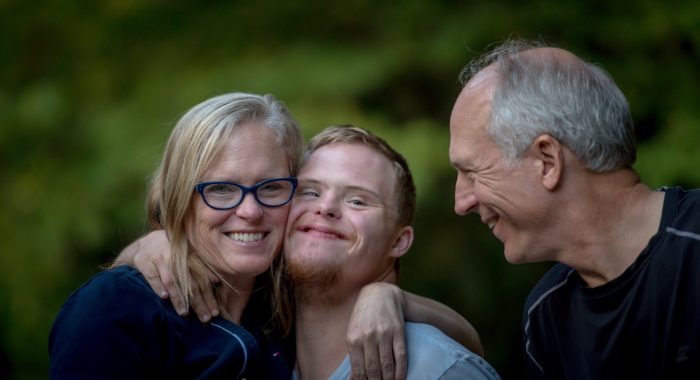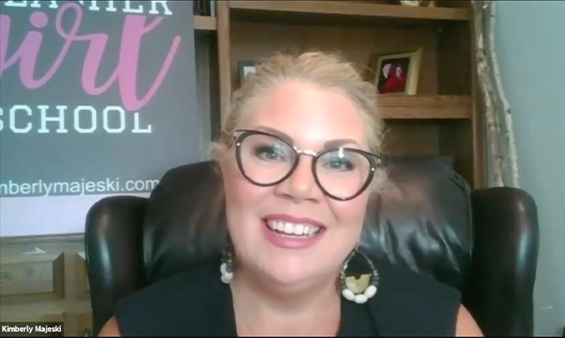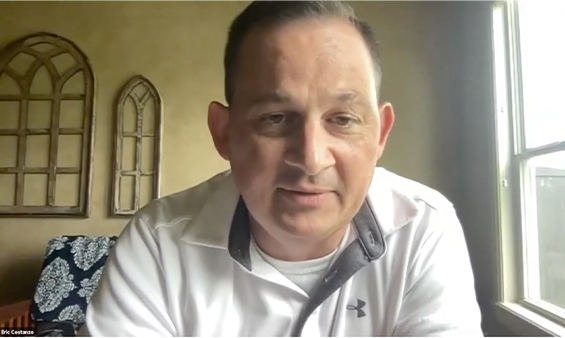
Unlike most other rich countries, the United States does not offer guaranteed paid family leave to help workers care for their families after childbirth or serious illness. Due to work responsibilities and financial need, many Americans are not able to take the time needed to bond with their baby or care for an elderly loved one. During its meeting on March 7, 2019, the board of the National Association of Evangelicals (NAE) reiterated the central role of the family in God’s plan for human flourishing and offered principles to guide paid family leave efforts.
Only 6 percent of low-income workers, 5 percent of part-time workers, and 10 percent of small business employees receive any paid parental leave.[i] As a result, one in four mothers returns to work within two weeks of giving birth. Nine in 10 fathers who don’t have paid leave go back to work within one week.
The NAE noted that several models for paid family leave have been proposed and that the expense can be shared by workers, employers and taxpayers. “To control costs, programs can provide a minimum baseline of paid leave with greater assistance concentrated on low-income workers who may not otherwise be able to afford taking time off for family care,” the board motion states.
The NAE also offered the following principles to guide decisions by parents, employers and lawmakers:
- Parents bear the primary responsibility for the nurture and protection of their children. They should manage their finances and time in a way that prioritizes their children, particularly at the beginning of life, as well as provide for elderly, sick or disabled family members.
- Employers should be generous with employees who have care-giving responsibilities, giving them paid time off as feasible and offering flexible schedules, where possible, to help them balance work and family responsibilities.
- Lawmakers should enact reasonable policies and incentives and create fiscally responsible financial support mechanisms to enable all parents to take time off after childbirth, adoption and during family emergencies without suffering undue financial hardship.
[i] “Employee Benefits Survey,” Leave Benefits: Access, Table 32, Bureau of Labor Statistics, 2016, https://www.bls.gov/ncs/ebs/benefits/2016/ownership/civilian/table32a.htm (accessed February 15, 2019).



 View All Updates
View All Updates 



























